Eye liposuction surgery carries certain risks and sequelae, including infection, bleeding, asymmetry, skin laxity, vision problems, etc. These risks are closely related to surgical procedures, individual differences, and postoperative care. In order to reduce risks, it is necessary to choose reputable medical institutions and experienced ones, and strictly follow postoperative care recommendations.
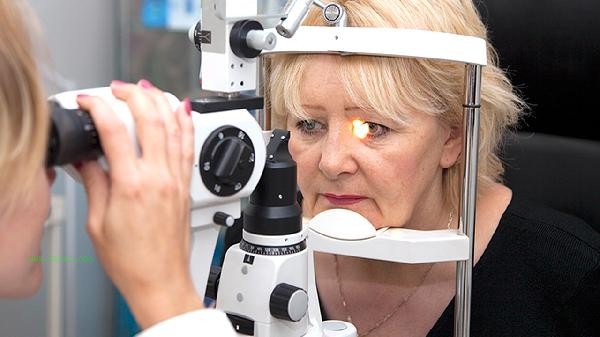
1. Infection is one of the common risks of eye liposuction surgery. During the surgery, incomplete disinfection or improper postoperative care may lead to bacterial infection. The symptoms of infection include redness, swelling, pain, fever, etc. The key to preventing infection lies in strict disinfection before surgery, keeping the wound clean after surgery, and using antibiotics according to medical advice.
2. Bleeding is also a possible complication. During the surgical process, vascular damage may lead to local bleeding or hematoma. Mild bleeding can be stopped by cold compress and compression, while severe bleeding requires timely medical treatment. Anticoagulants should be avoided before surgery to reduce the risk of bleeding.

3. Asymmetry is a possible postoperative sequelae. Due to uneven fat removal or improper surgical procedures, it may lead to asymmetrical eye morphology on both sides. Slight asymmetry can be improved by postoperative adjustment, and serious asymmetry needs secondary surgery. Having sufficient communication with the doctor before surgery and clarifying the surgical plan can help reduce the risk of asymmetry.
4. Skin laxity is a possible phenomenon that may occur after liposuction of the eyes. After fat removal, the skin loses support and may become loose or wrinkled. Mild laxity can be improved through laser therapy or radiofrequency skin tightening, while severe laxity requires skin lifting surgery. Persistently using firming skincare products after surgery can help maintain skin elasticity.
5. Vision problems are rare but serious sequelae of eye liposuction. During the surgery, if the eye nerves or blood vessels are damaged, it may lead to a decrease in vision or visual field defects. If symptoms such as blurred vision and eye pain occur after surgery, immediate medical examination is required. Choosing experienced individuals can effectively reduce the probability of visual problems. In order to reduce the risk and sequelae of eye liposuction surgery, a comprehensive physical examination should be conducted before surgery to rule out surgical contraindications. After surgery, it is necessary to strictly follow the principle of keeping the wound clean, avoiding vigorous exercise, and having regular follow-up examinations. Choosing reputable medical institutions and experienced ones is the key to ensuring surgical safety. Although liposuction surgery can improve the shape of the eyes, it is necessary to be cautious, fully understand the risks, and take good postoperative care in order to achieve the desired results.
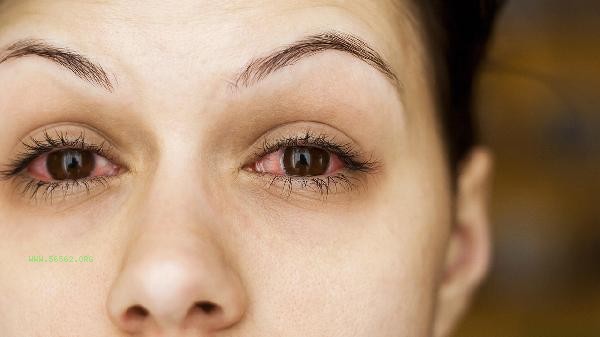

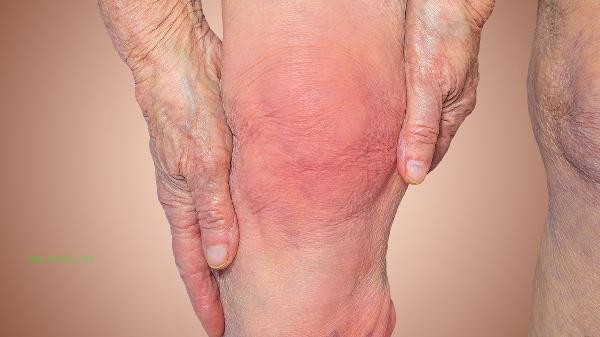
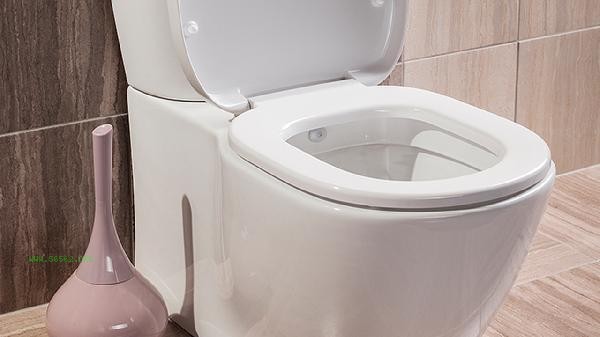
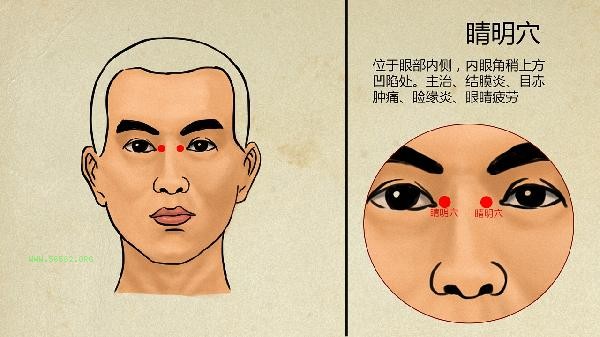

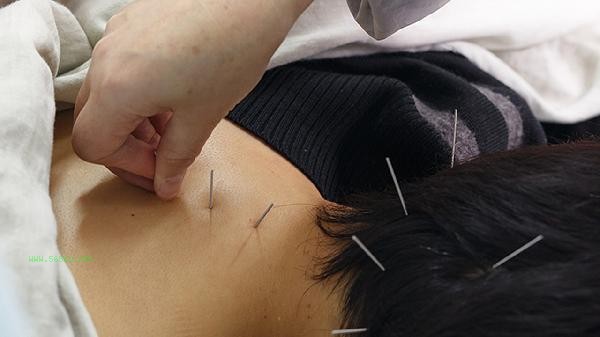


Comments (0)
Leave a Comment
No comments yet
Be the first to share your thoughts!